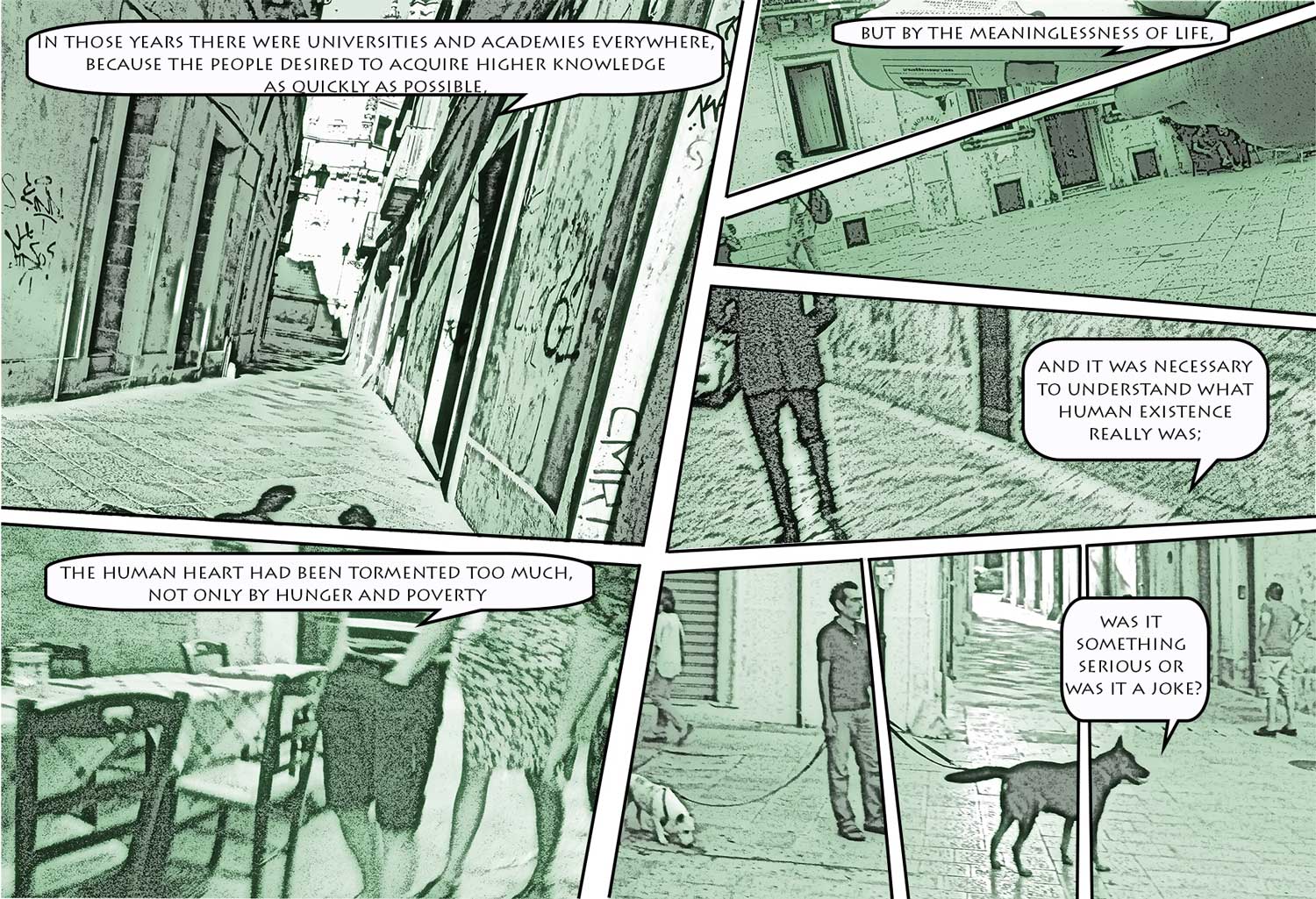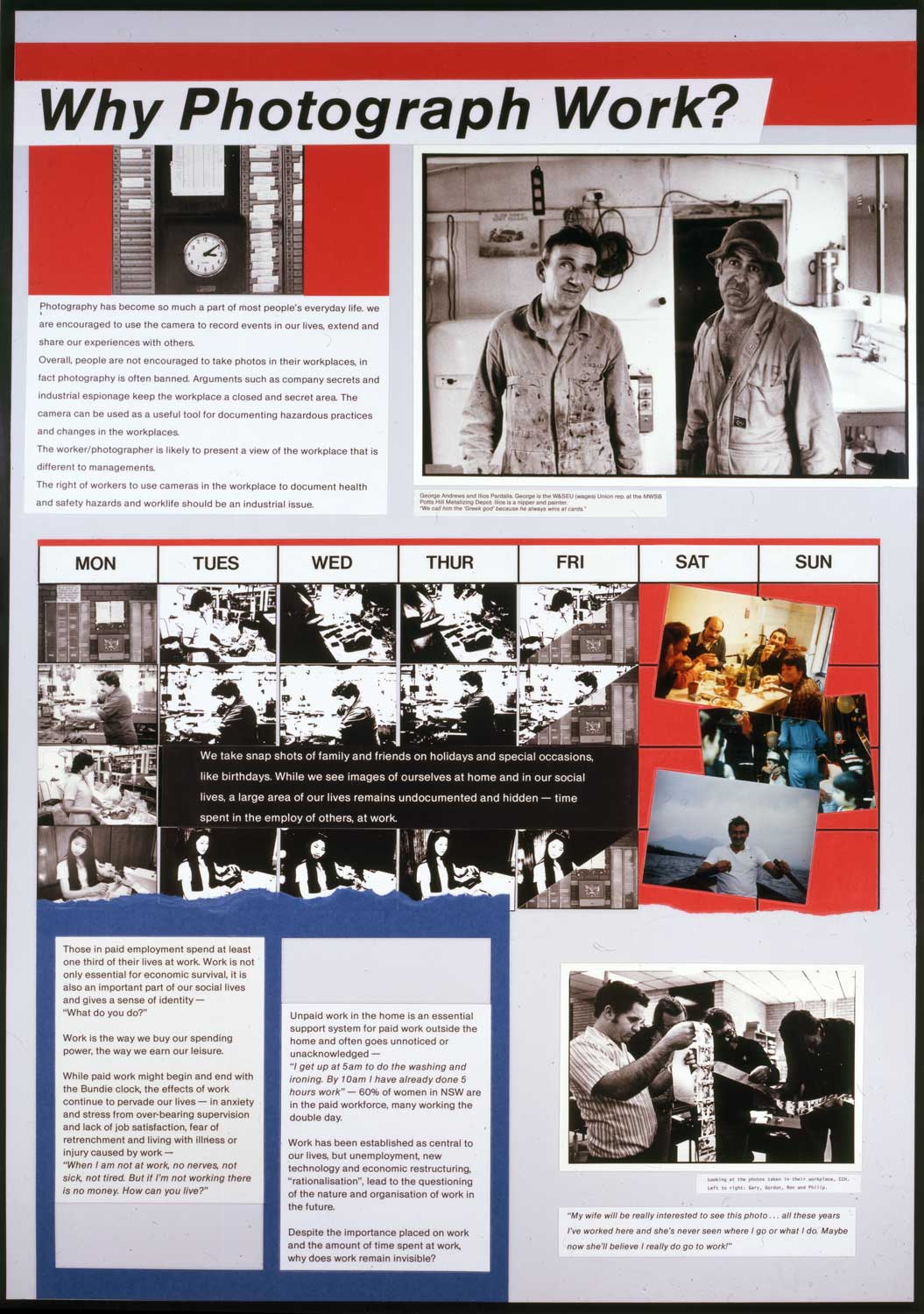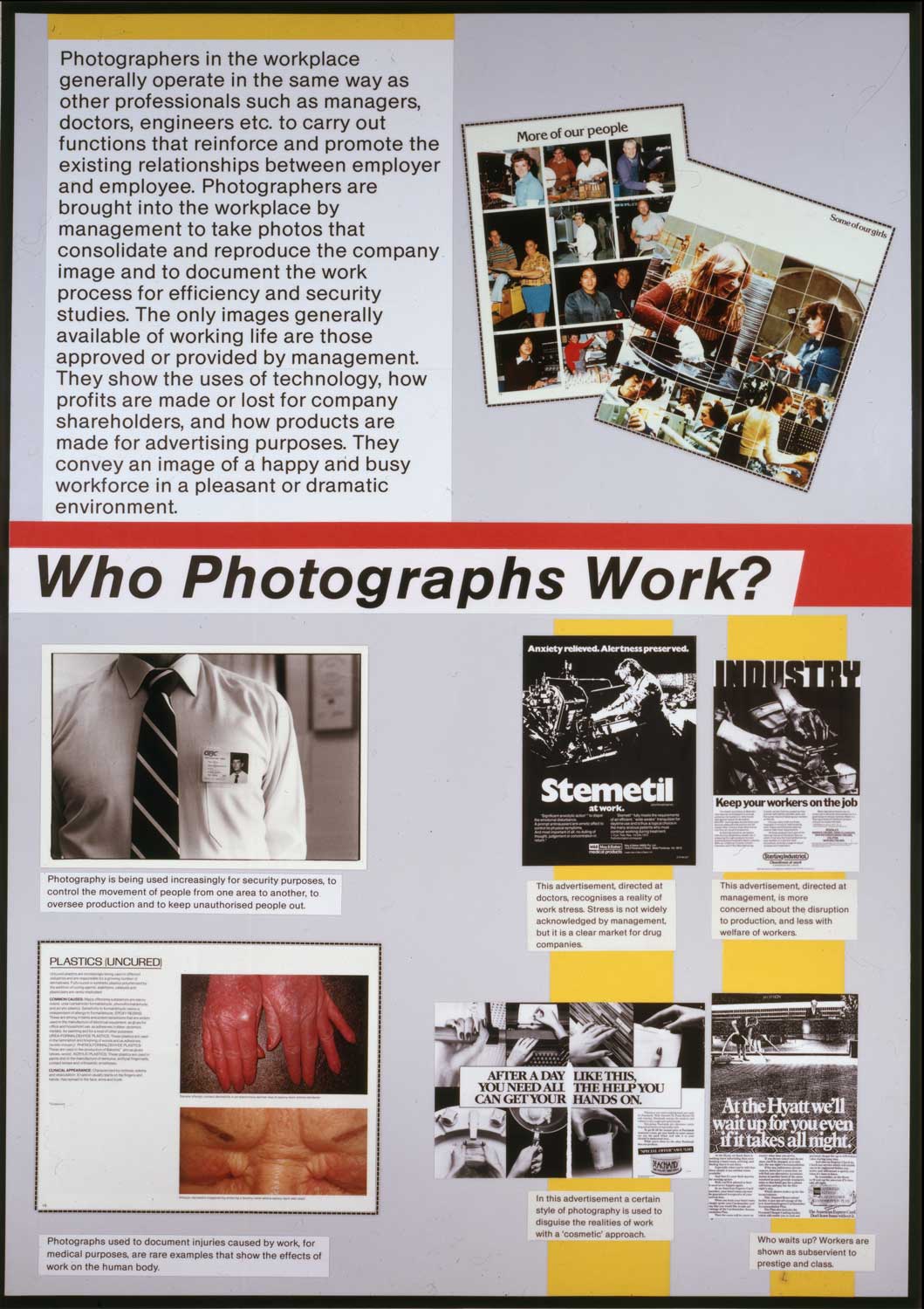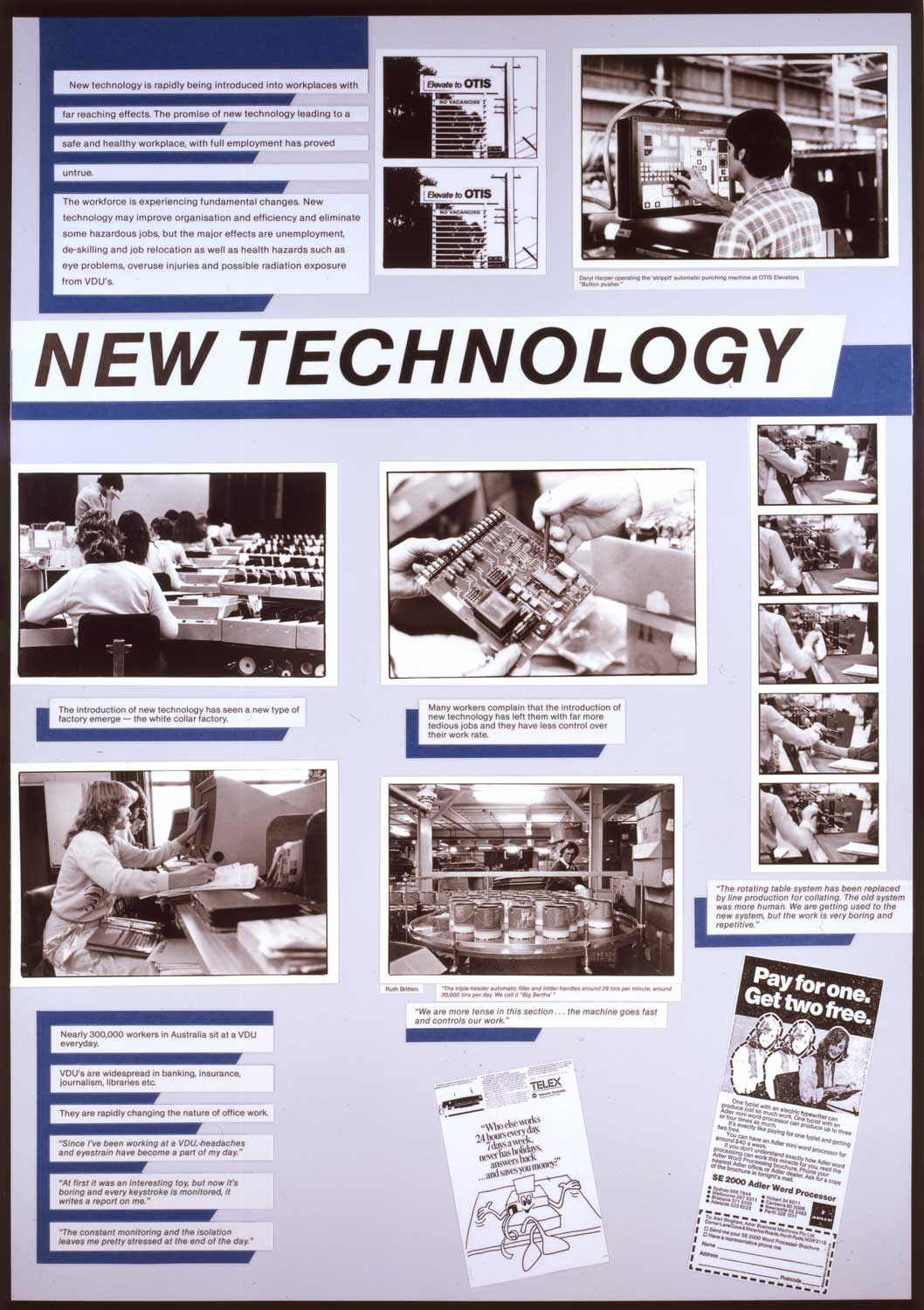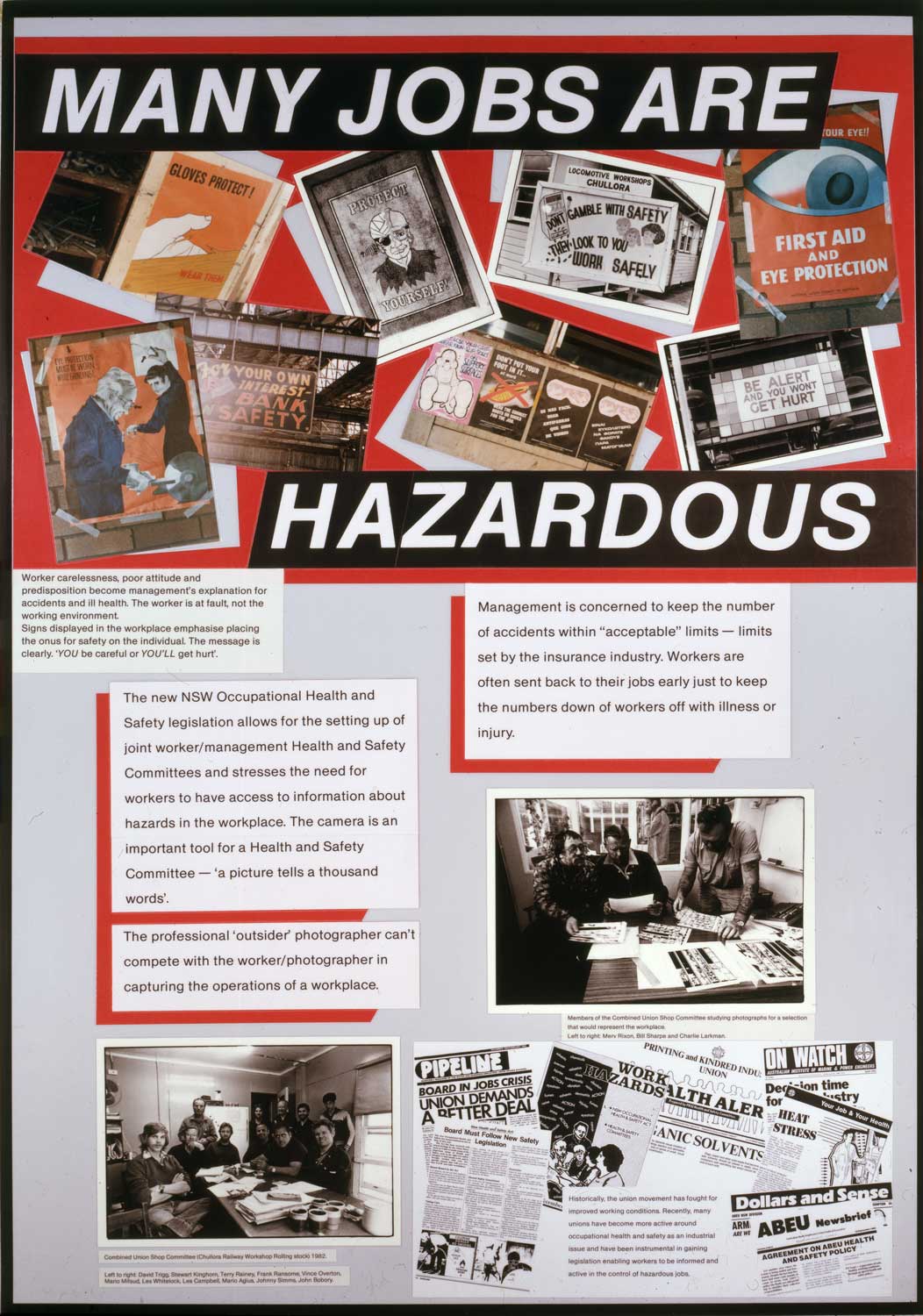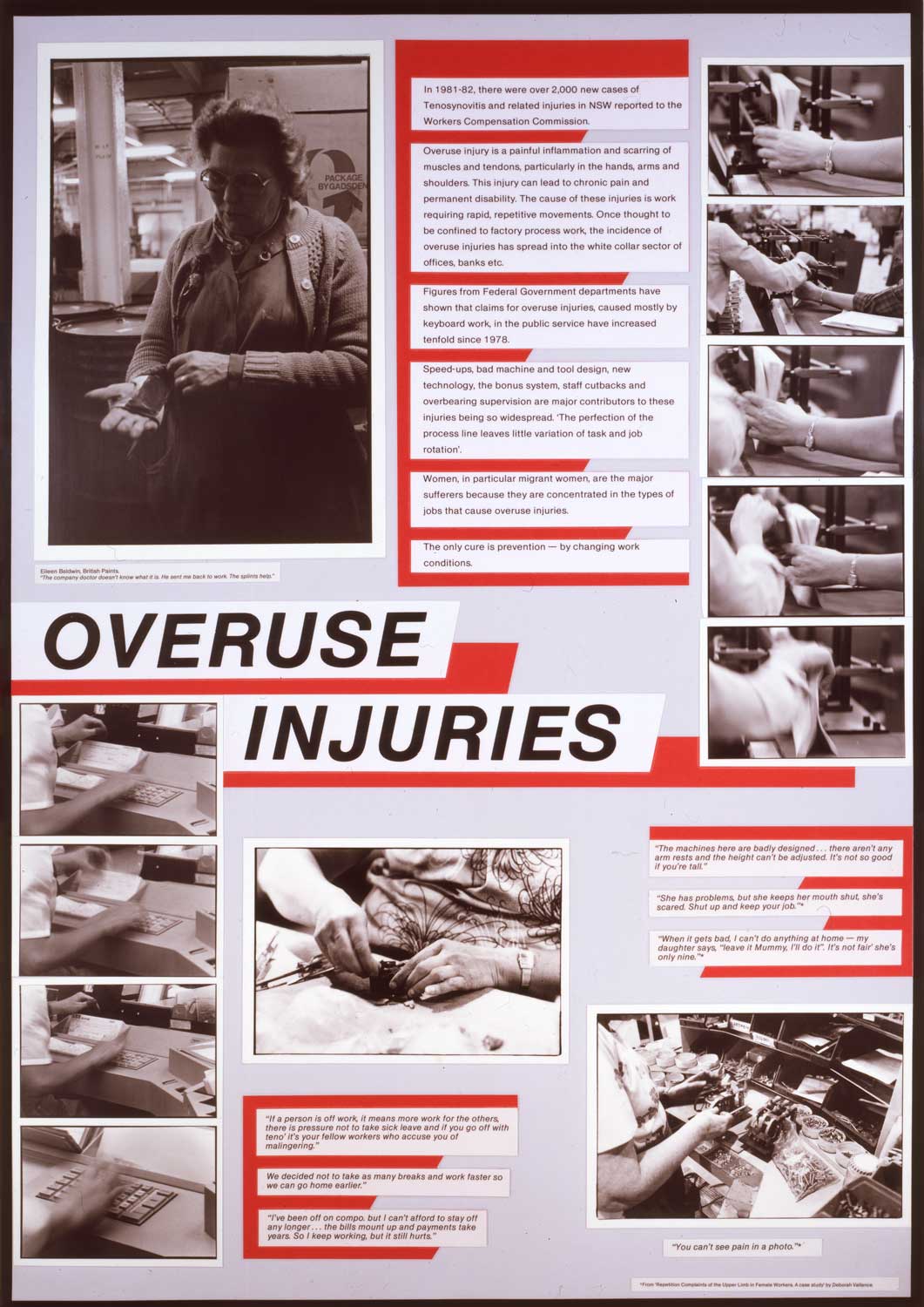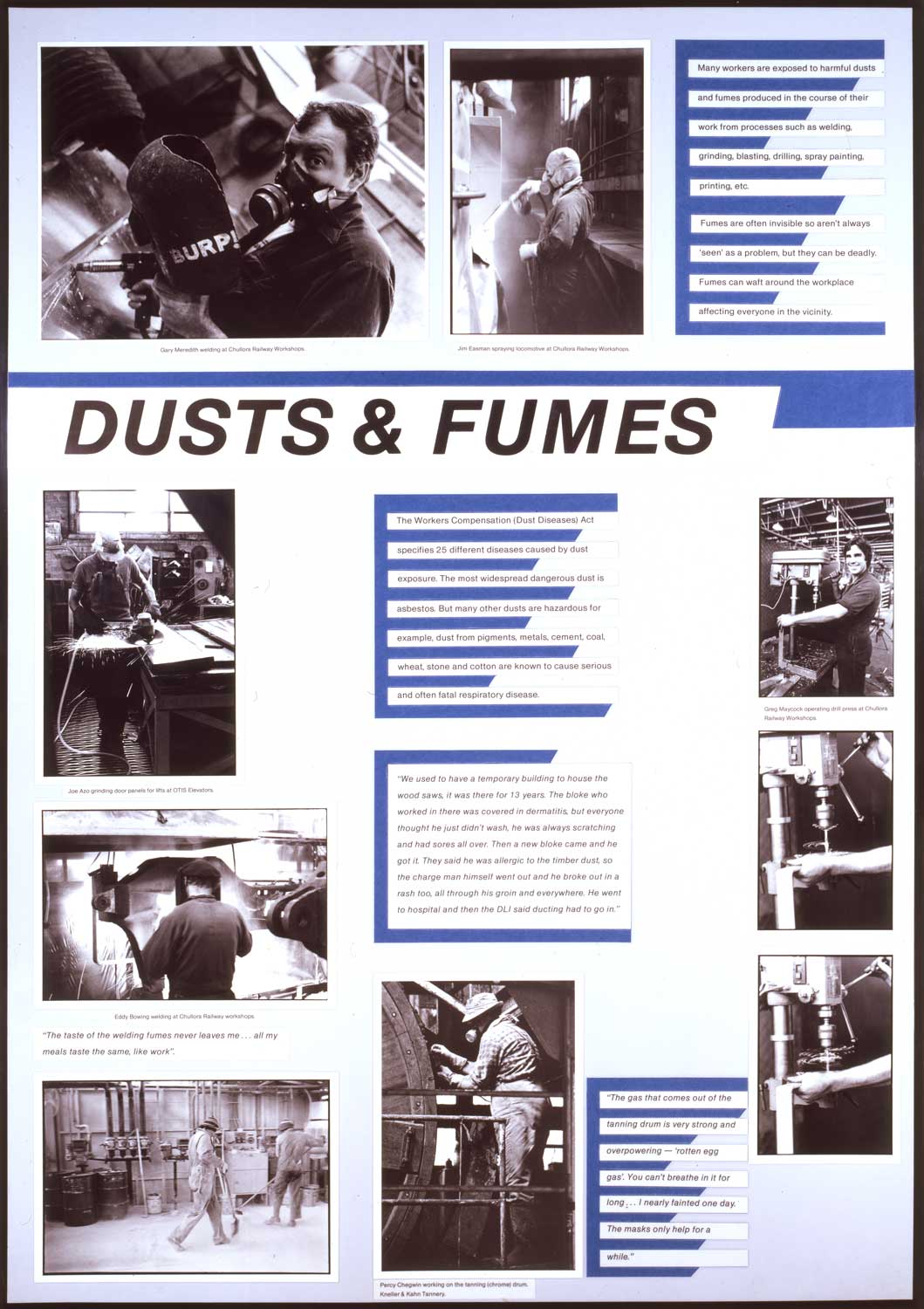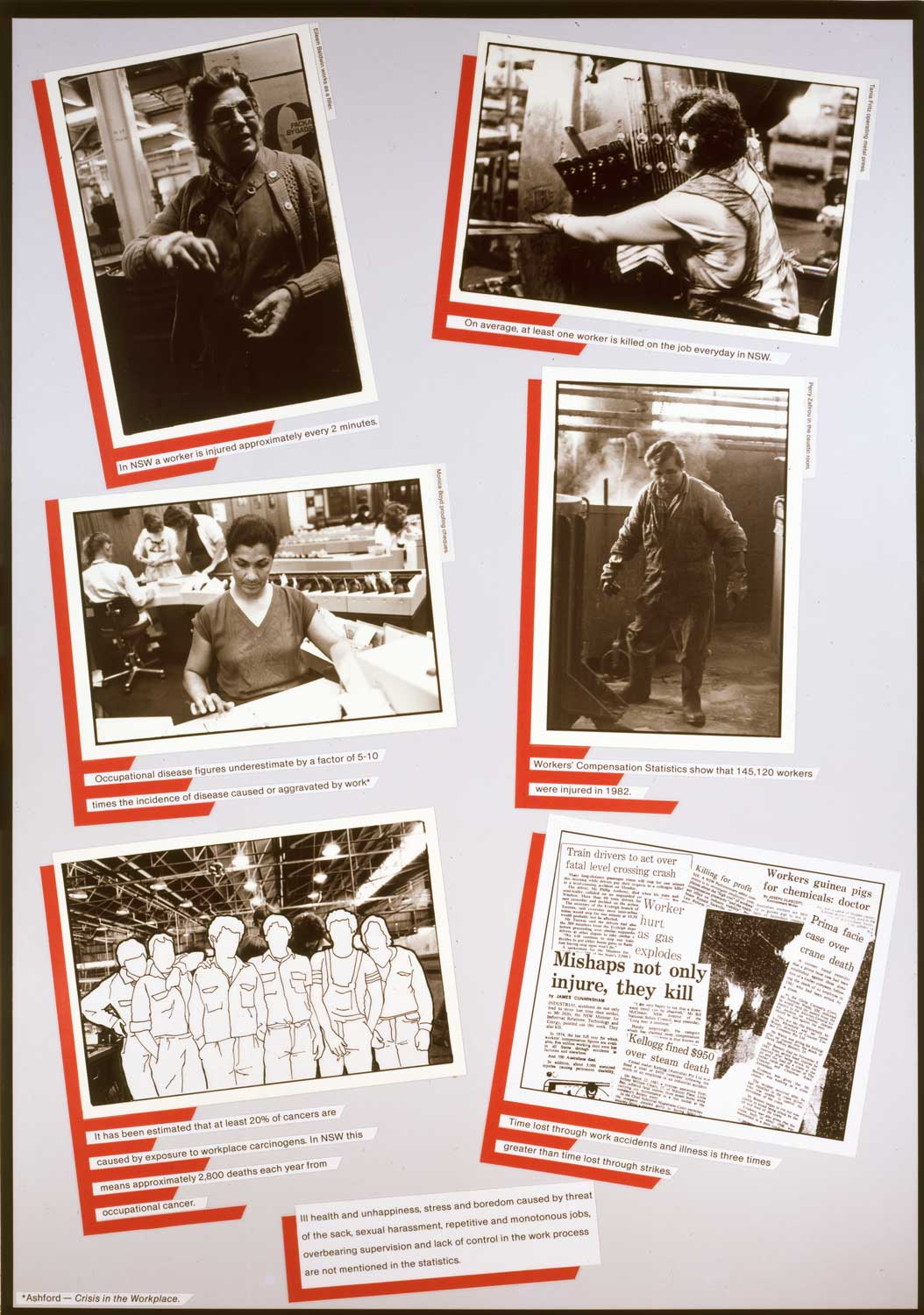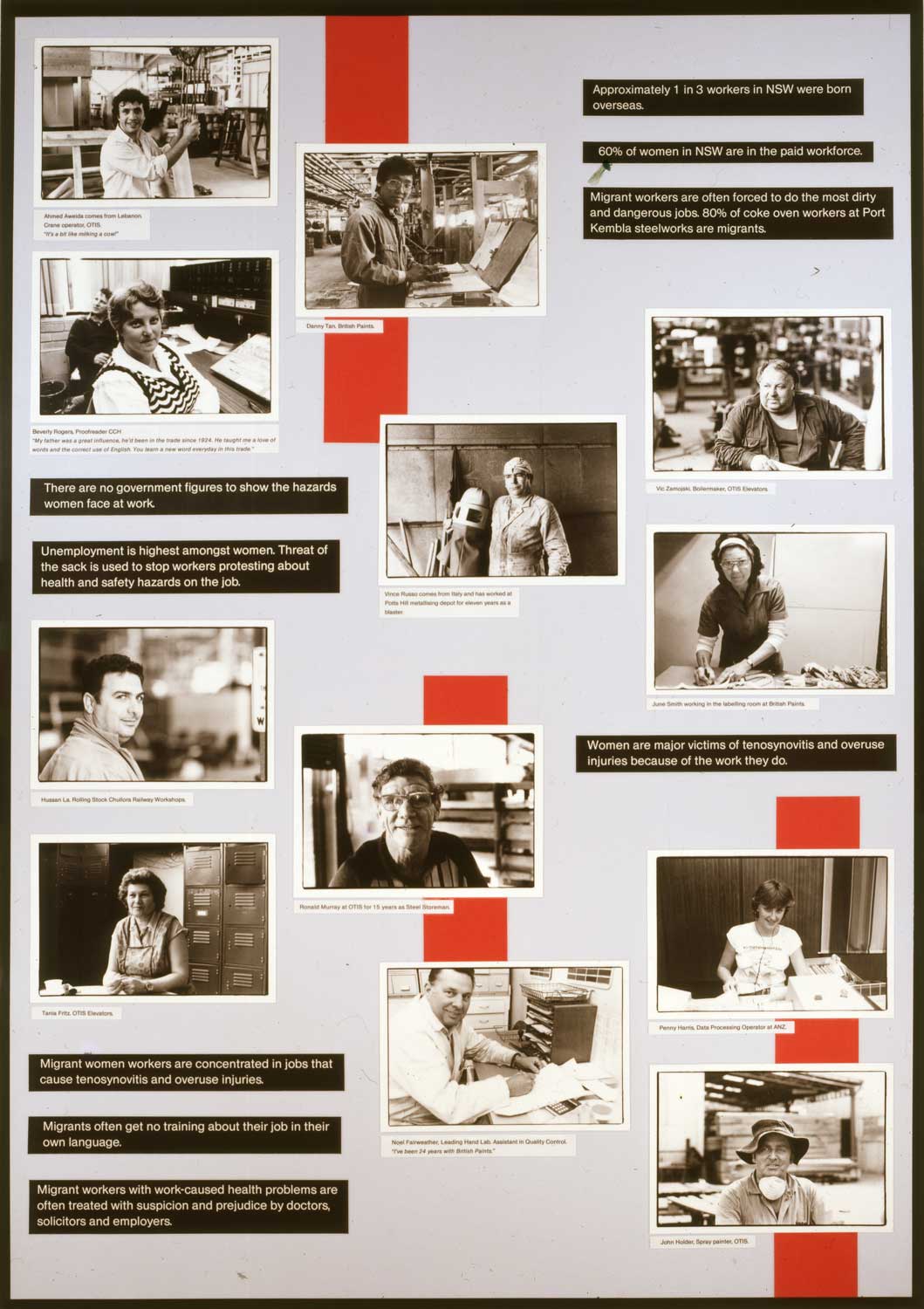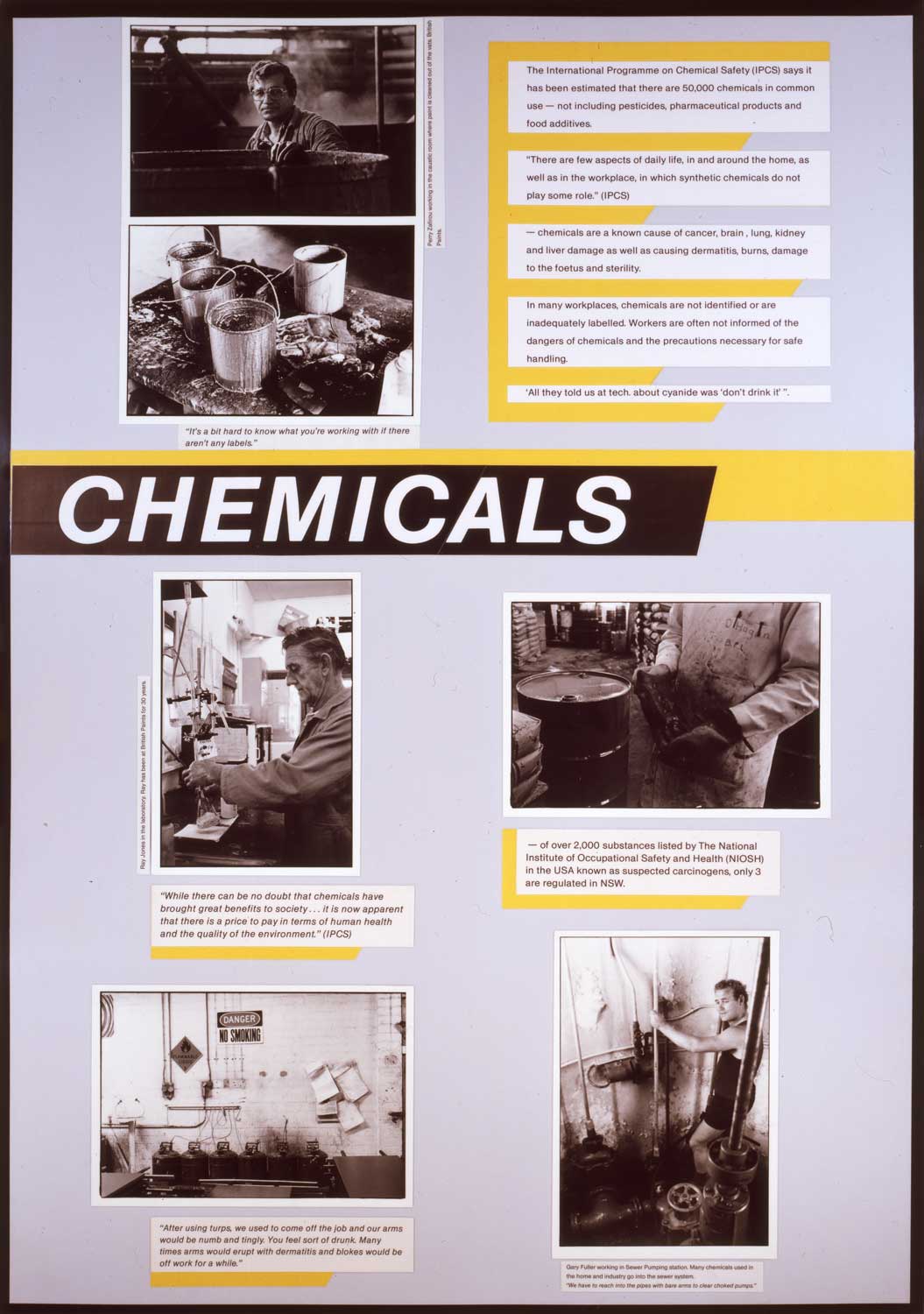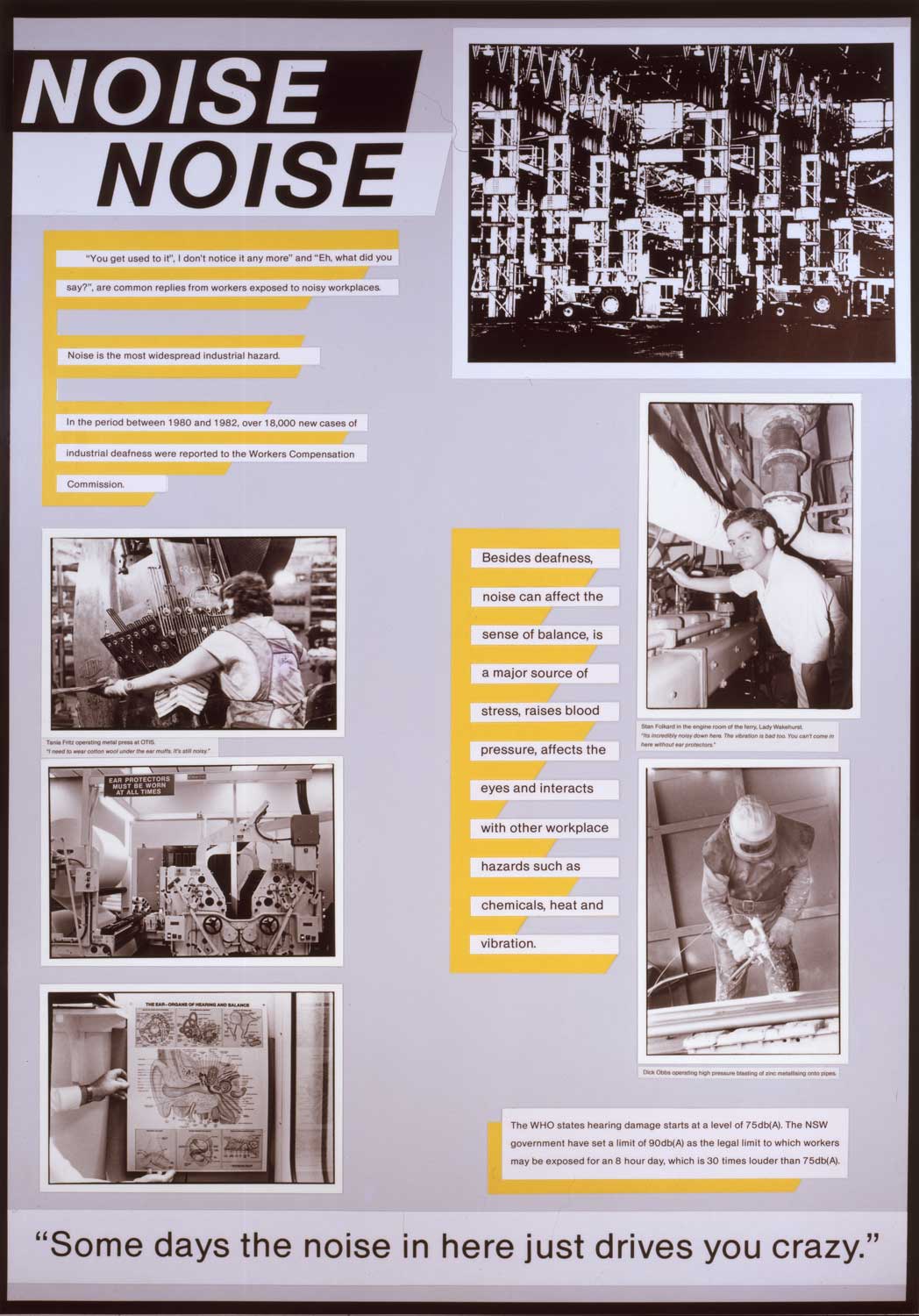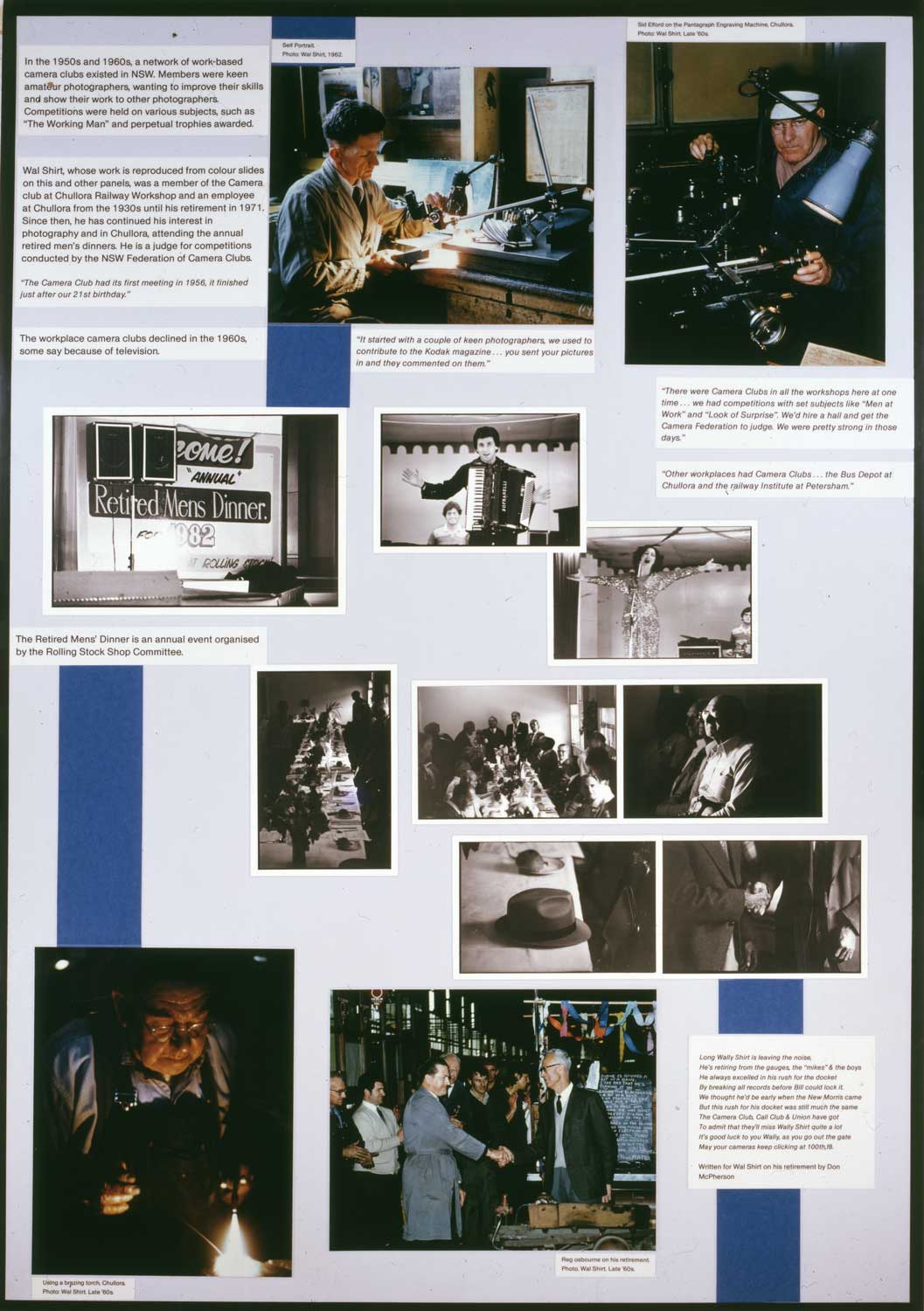BUBONIC PLAGUE
ACTION BY THE PREMIER AND THE MAYOR
THE INFECTED AREA
NOTICES TO CLEAN AND DISINFECT PREMISES - Premier and Mayor part of board to deal with plague; also on board - Ashburton-Thompson, Chief Medical Officer; Mr Blackwell, City Engineer; Mr RRP Hickson, Under-Sec. to Works Dept. (Mr Getting, Health Dept. Sanitary inspector appointed next day to replace Ashburton-Thompson who was too busy) Disinfecting to be carried out under supervision of McCredie, under direction of Ashburton-Thompson
A WALK ROUND THE QUARANTINE AREA
SOME OF THE SANITARY ARRANGEMENTS - people walked to quarantine area to have a look across the barrier. Novelty, good spirits. Two restaurants had been taken over by govt., dispensing free meals. Three squads of police (120 in all) stationed in area. - Detailed description of sanitary arrangements from WSB report on 57 houses. - Smell of disinfectants pronounced - able-bodied men in quarantine area to be offered work cleansing wharfs and premises. - Abstracts of Board of Health 's inspection: In 2 days (Thurs, Fri, last week) 197 premises inspected. Defective ventilation 103 cases; 67 houses were damp, 39 dirty; 30 had no sanitary accommodation; in 45, sanitary accommodation was defective in construction and flushing; 116 - trap arrangements obsolete; 85 drains had no outlets to pipes; 124 - no flushing arrangements or inlets at all; 37 premises had no yards; 27 yards - very dirty; in 35 there were "signs of rats" Inoculation of Rats - 3 kinds of substances used for inoculations: 1. Haffkine's - preventative - from India. (but if patient already infected Haffkine's could be fatal) 2. Yersin - remedial - from Pasteur Institute (administered to patients with plague. 3. one for killing rats; on order.
REFERENCES IN THE CHURCHES
THE PLAGUE AND ITS VICTIMS - Rev. J Fordyce M.A. - spoke of "visitation" that had come to city and need for "calmness and sanity" and the duty of trusting God. Spoke to young men of sudden call to their comrade (parishioner who had died of plague) comparing it to death on battlefield. Urged young men to regard life as moral discipline to live it seriously and be prepared for death. - Archbishop of Sydney issued instructions to clergy authorising them to use a Prayer for a time of common sickness - as well as making special efforts to stop spread by taking precautions and by attention to sanitary arrangements.
SMALLPOX AND PLAGUE IN MANILLA How it is combated. - Interview with Dr Ffoulkes (Govt H.O. in Manilla): "Your people know the value of cleanliness, ours did not, and didn't want to. We issued orders requiring them to remove filth; they did not do it; we imposed fines and put them in prison, still they would not do it, and then we called in the soldiers and made them do it. Now we see that they keep the place clean. We have house-to-house visitations...Soldiers are taken with the inspectors and if they find a house that has not been disinfected they leave the soldiers there to make the people do it..." "Of course your work in Sydney is easier than we have in Manilla; your people are more intelligent and your soil is not saturated with filth as ours is, therefore I think you will get rid of the plague pretty easily."


























































